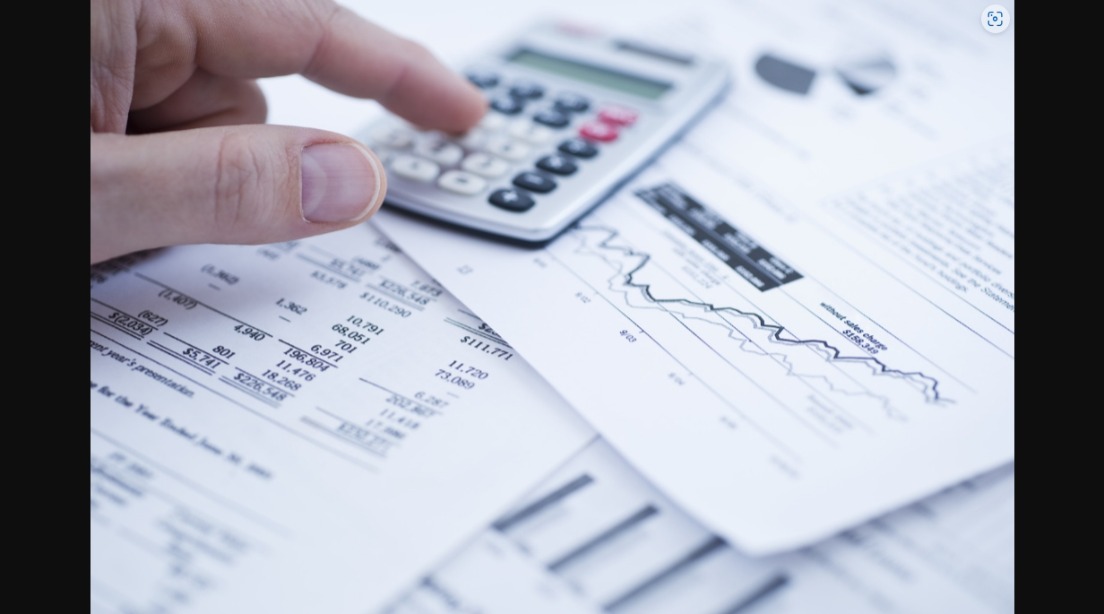Commodities trading involves buying and selling raw materials or primary agricultural products, often with the goal of profit from price fluctuations. In this blog post, we’ll explore what commodities trading is, how it works, popular strategies, risks involved, and considerations for traders looking to participate in this dynamic market.
What are Commodities?
Commodities are raw materials or primary agricultural products that can be bought and sold, typically in standardized contracts on commodities exchanges. They are categorized into two main types:
- Hard Commodities: Physical goods such as gold, silver, oil, copper, and other metals.
- Soft Commodities: Agricultural products like wheat, corn, soybeans, coffee, sugar, etc.
How Commodities Trading Works
- Futures Contracts: Most commodities are traded through futures contracts, which specify the quantity, quality, and delivery date of the underlying commodity. Futures contracts allow traders to speculate on price movements without owning the physical commodity.
- Spot Market: Some commodities can be traded in the spot market, where goods are bought and sold for immediate delivery.
- Exchange-Traded Funds (ETFs): ETFs that track the price of commodities allow investors to gain exposure to commodity prices without directly trading futures contracts.
Popular Commodities Trading Strategies
- Trend Following: Traders analyze historical price trends and aim to profit from continued price movements in the same direction.
- Spread Trading: Involves taking simultaneous long and short positions in related commodities or futures contracts to capitalize on price differentials.
- Hedging: Companies involved in the production or consumption of commodities use futures contracts to hedge against adverse price movements that could affect their operations.
Risks and Considerations
- Price Volatility: Commodities prices can be highly volatile due to factors such as supply and demand dynamics, geopolitical events, weather conditions, and economic indicators.
- Leverage: Trading futures contracts involves leverage, which amplifies both potential profits and losses. Traders should manage risk carefully and be prepared for margin calls.
- Market Knowledge: Understanding fundamental factors affecting each commodity (e.g., production cycles, global demand trends, weather patterns) is essential for making informed trading decisions.
Getting Started in Commodities Trading
- Educate Yourself: Learn about different commodities, trading strategies, market dynamics, and how futures contracts work.
- Choose a Brokerage: Open an account with a brokerage firm that offers commodities trading services and provides access to commodities exchanges.
- Start Small: Begin with a demo account or trade with a small amount of capital to gain experience and refine your trading strategy.
- Risk Management: Implement risk management strategies such as setting stop-loss orders and diversifying your portfolio to manage potential losses.
Conclusion
Commodities trading offers opportunities for traders to profit from price movements in raw materials and agricultural products. However, it requires a deep understanding of market fundamentals, risk management skills, and a disciplined approach to trading. Whether you’re a beginner or an experienced trader, mastering commodities trading can enhance your investment portfolio and provide avenues for diversification.
In future posts, we’ll explore specific commodities in more detail, analyze trading strategies through case studies, and discuss advanced techniques for navigating the complexities of commodities markets. Stay tuned for more insights into commodities trading and how it can fit into your investment strategy!



